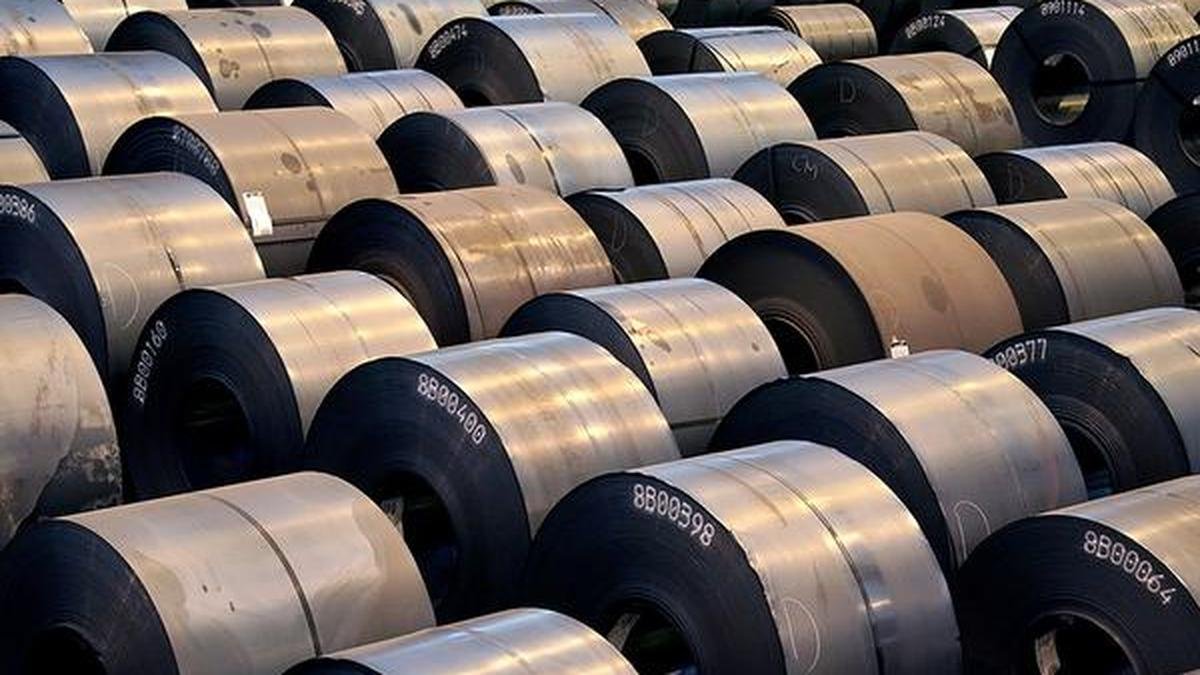RBI flags rising steel imports from China, Japan, and Vietnam; warns of dumping risk for Indian producers


Imports grew 11% in the first half of FY25, with nearly 45% coming from top five countries, including South Korea and China. The RBI calls for policy support, innovation, and cost efficiency to strengthen India’s steel sector.
| Photo Credit:
The indiscriminate import of steel into the country has put pressure on prices and hit the market share of domestic steel producers.
Due to increased imports and competitive pricing from major steel-producing countries, the steel industry has encountered challenges. These factors have affected domestic market share, lowered capacity utilisation, and added pressure on domestic producers, according to the RBI report ‘Steel Under Siege: Understanding the Impact of Dumping on India’.
The report said the pricing strategies of exporting nations remain a concern for the steel industry. Addressing these challenges calls for a balanced approach, including policy support and initiatives to enhance the competitiveness of India’s steel production through innovation, cost efficiency, and sustainable practices.
Steel demand rises, but imports fill the gap
India is a major consumer of finished steel, with the consumption demand scaling new heights recently. Steel-intensive construction and infrastructure development in India are the key contributors to the rising demand for steel.
In the last two fiscals, India’s steel consumption grew over 13 per cent and 11.5 per cent, while domestic steel production grew at 9.3 per cent and 12.5 per cent in the same period. It said that high consumption growth was facilitated through cheaper imports.
The moderate price in the global market and excess capacity across major steel-producing countries such as China, Japan, and Vietnam led to the dumping of cheap steel, which dampened domestic steel production.
China-led dumping adds to domestic pressure
With sluggish economic growth anticipated in China and other major steel-producing and consuming regions, cross-border steel trade is increasingly being redirected towards high-growth markets such as India. Further, the US imposition of new tariffs on steel imports enhances the threat of dumping.
The surge in imports has been primarily fuelled by lower steel import prices, which have adversely impacted domestic steel production.
Higher imports at a cheaper price reduce the demand for domestically produced steel, thereby moderating its domestic price.
South Korea, China lead in India’s steel imports
India’s iron and steel imports increased by 11 per cent in the first half of FY25 and contracted in the second half of the last fiscal year, mainly due to safeguard duties.
India imports nearly 45 per cent of steel from the top five destinations: the Republic of Korea (import share 15 per cent), China (10 per cent), the USA (8 per cent), Japan (7 per cent), and the United Kingdom (6 per cent). Imports increased from China, Japan, South Korea, Indonesia, and Vietnam during 2024-25.
Published on October 21, 2025


